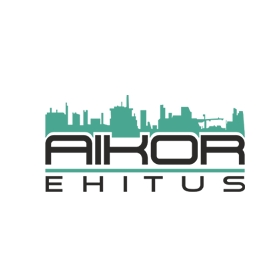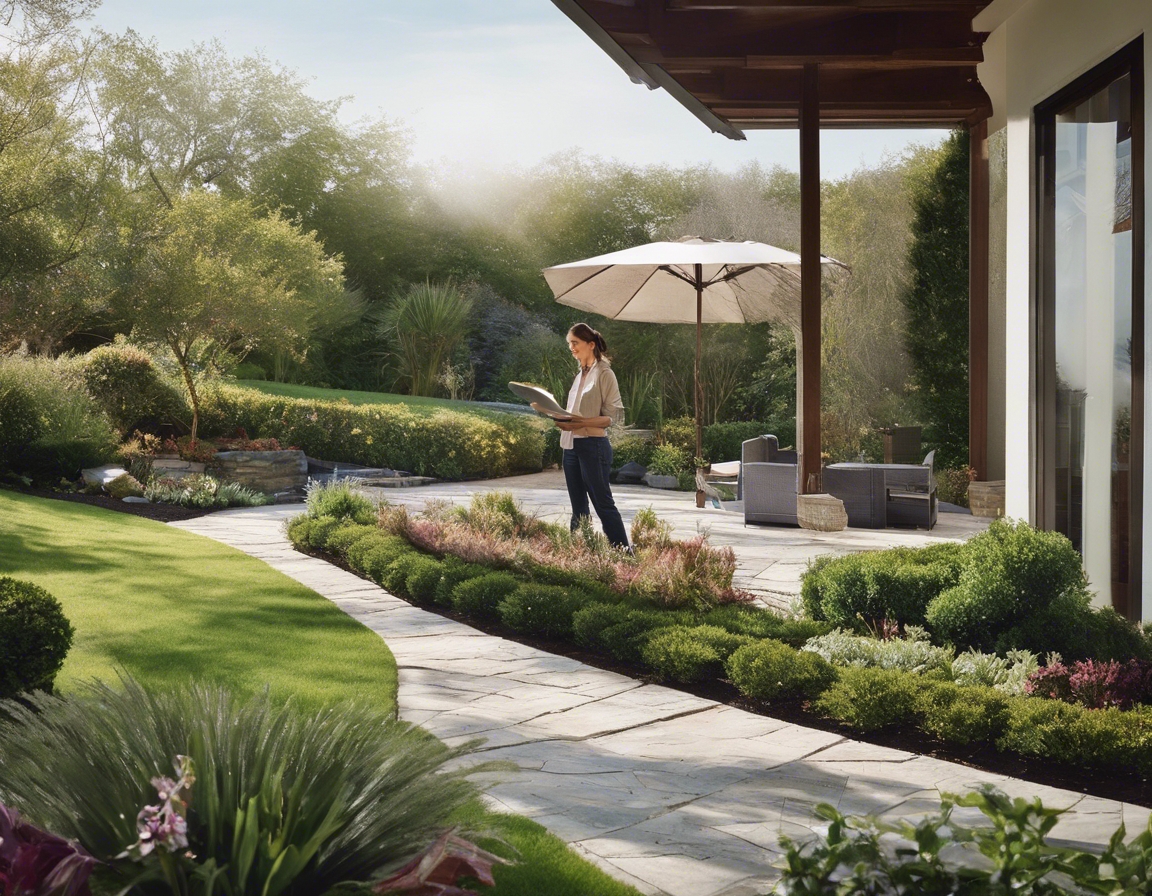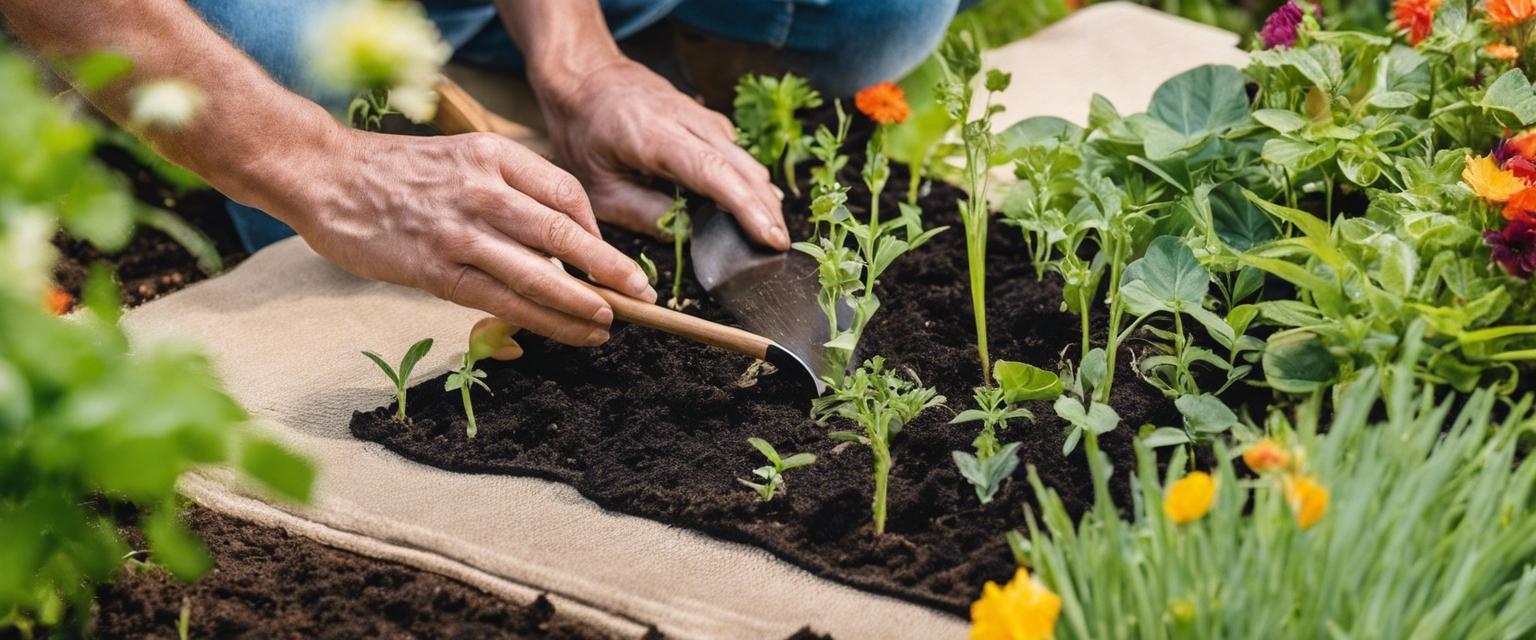The art of blending indoor and outdoor spaces
The concept of blending indoor and outdoor spaces, also known as 'indoor-outdoor living,' is a design philosophy that seeks to create a seamless transition between the interior of a home and its exterior surroundings. This approach not only maximizes the use of space but also enhances the overall living experience by bringing the outdoors in and extending the indoors out.
Blended spaces offer numerous benefits, including increased natural light, improved air quality, and expanded living areas. They also provide a tranquil environment that encourages relaxation and connection with nature, which can have significant positive effects on mental health and well-being.
Design Principles for Harmonious Spaces
Creating a sense of continuity between indoor and outdoor areas is crucial. This can be achieved through the use of similar color palettes, materials, and architectural lines that guide the eye smoothly from inside to outside.
Incorporating natural elements like wood, stone, and plants helps to blur the boundaries between indoor and outdoor spaces. These materials can be used in both settings to create a cohesive look and feel.
Transitional zones, such as screened porches or covered patios, act as a buffer between the indoors and outdoors. They provide sheltered areas that still allow for an immersive outdoor experience.
Strategies for Blending Indoor and Outdoor Spaces
Large glass doors and windows not only increase natural light but also provide unobstructed views of the outdoors, making the division between inside and outside almost imperceptible.
Using the same or similar flooring materials for both indoor and outdoor spaces can create a visual connection. Additionally, minimizing level changes makes the transition more natural and accessible.
Outdoor kitchens, fireplaces, and comfortable seating areas extend the functional living space of a home and encourage outdoor entertainment and relaxation.
Strategic lighting can enhance the ambiance of both indoor and outdoor spaces. It's important to consider how lighting will transition from day to night to maintain the blended feel.
Incorporating Technology and Sustainability
Modern technology allows for the integration of smart home features that extend to outdoor spaces, such as automated lighting, sound systems, and climate control, enhancing comfort and convenience.
Choosing sustainable materials and incorporating eco-friendly practices, like rainwater harvesting or solar panels, reflects a commitment to the environment and can also provide long-term cost savings.
Local Considerations in Lääne-Virumaa
Designing blended spaces in Lääne-Virumaa requires consideration of the local climate. Features like retractable awnings or heated floors can extend the usability of outdoor spaces throughout the seasons.
Using local materials and native plants not only supports the local economy but also ensures that the outdoor space is in harmony with the natural landscape of the region.






Comments (0)